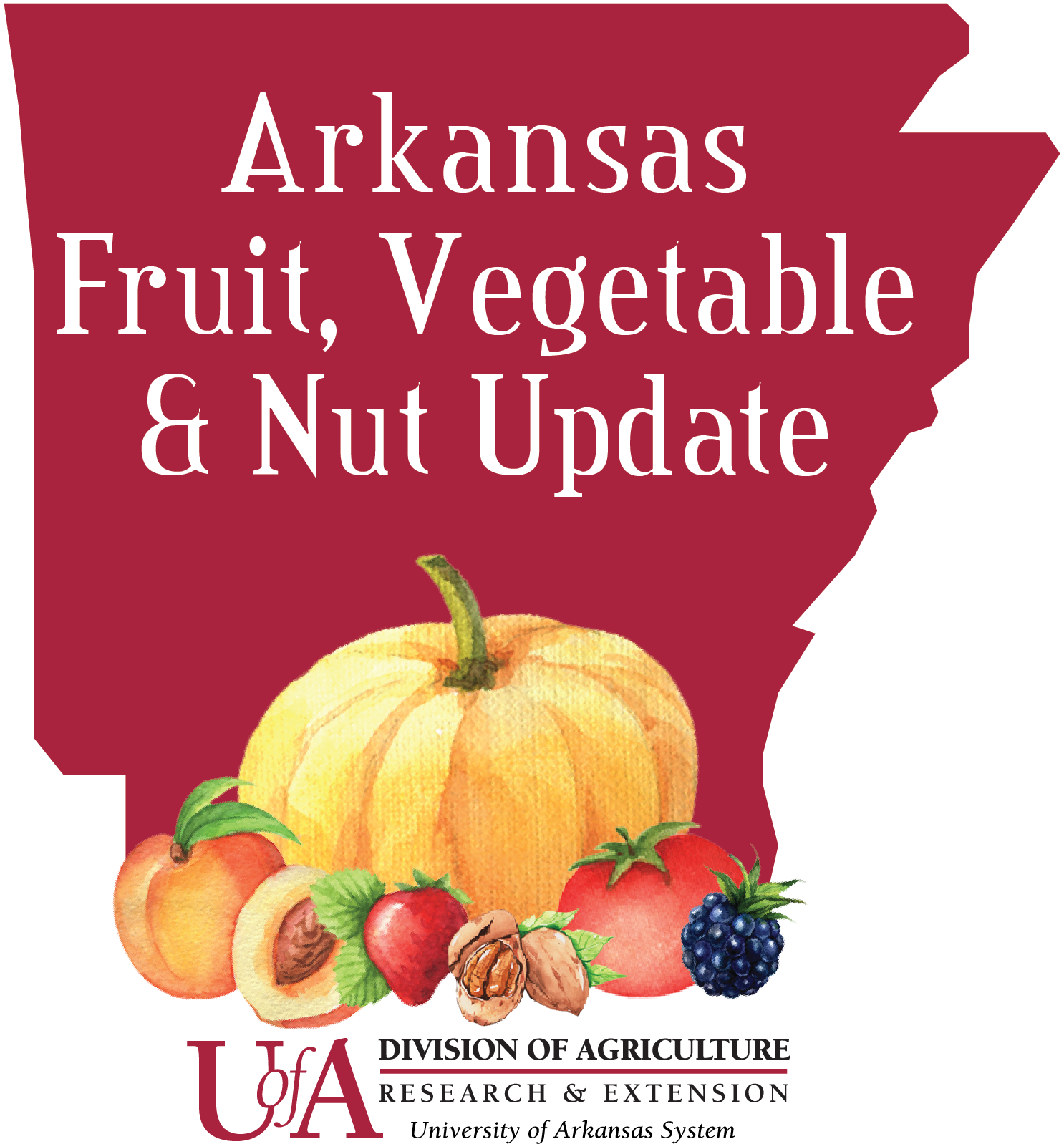
MP 29 Peach Rootstock Could Offer Protection from Peach Tree Short Life
Growers often replant peach trees in the same ground over long periods of time due to land availability. This practice often leads to a build-up of diseases and pests in the soil specific to peaches. If growers are not able to rotate away from old peach ground, rootstocks may offer limited resistance to some common peach diseases and pests and may help with some re-plant issues. Selection of a rootstock for peaches should take into consideration the nematode pressure, disease history, risk for cold damage and soil type. A peach orchard is a long-term investment and rootstock selection has the potential to impact the success of the orchard (Table 1)- so care should be taken in selecting a rootstock when ordering trees.
| Rootstock |
Rootknot Nematodes |
Waterlogging | Cold Hardiness |
Peach Tree Short Life |
Armillaria Root Rot |
|---|---|---|---|---|---|
| Lovell | S | S | Moderate | S | S |
| Halford | S | S | Moderate | S |
S |
| Nemaguard | R | S | Poor-Fair | S |
S |
| Nemared | R | S | Fair | S |
S |
| Guardian | R | S | Moderate | R |
S |
| Flordaguard | R | S | Poor | S |
S |
| MP29 | R | R | . | R |
R |
Table 1: Common Peach Rootstocks and their Characteristics (Susceptible (S) and Resistany (R))
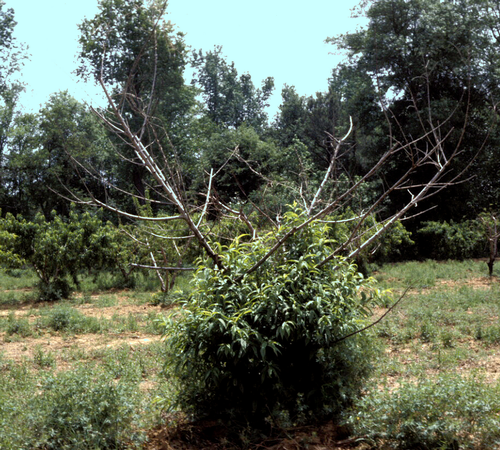
Figure 1: Example of Peach Tree Short Life. Source: Michigan State University
Peach tree short life (PTSL) is just one example of a disease that many growers deal with on ground that has been in peaches for a long time. PTSL is a disease complex that involves ring nematodes, bacterial canker and cold damage and causes young trees (3-7 years old) to collapse and die suddenly.
Armillaria root rot (ARR) is another devastating disease that can result in large loss of young trees on re-plant sites. The disease infects root and sub surface tissue. Symptoms of infection include chlorotic and stunted leaves, followed by leaves folding on the midrib and defoliation. Eventually individual limbs will die back above the infected tissue. The disease can spread from root to root contact and result in clusters of trees dying as the disease spreads to neighboring trees.
The MP29 Rootstock, a semi-dwarf rootstock released by the U.S. Department of Agriculture Research Service and the Florida Agricultural Experiment Station, has shown resistance to rootknot nematodes, PTSL and to ARR.
Due to the growing occurrence of PTSL and ARR in Arkansas we wanted to evaluate it for its suitability in the state. MP29 is a dwarfing rootstock that has shown tolerance to waterlogging and desirable fruit size and productivity. This rootstock has also shown to reduce tree vigor, which would be fitting for growers interested in semi-dwarf trees.
We are currently trialing the MP29 rootstock at Peach Pickin’ Paradise in Johnson county Arkansas, with growers Steve and Mark Morgan. We are evaluating the MP29 rootstock for impacts on tree establishment, tree health, fruit production and looking specifically at its ability to protect trees against early tree death due to PTSL or ARR. In this trial we are comparing the health of the cultivar ‘July Prince’ grafted to MP29 and Nemagaurd rootstocks. Nemagaurd is a common rootstock used in Arkansas and is chosen for its rootknot nematode resistance, but it is susceptible to PTSL and ARR. The location of the trial does have a history of peaches being planted on it and can have issues with cold injury and sometimes has less than ideal drainage in the spring.
The grafted trees were planted in February of 2019 and are now in their third leaf but have not yet produced a crop due to the spring freeze of 2021. However, we have already seen some preliminary results. Out of our 55 Nemagaurd trees, 26 were dead as of spring 2021, compared to just one dead MP29 tree.
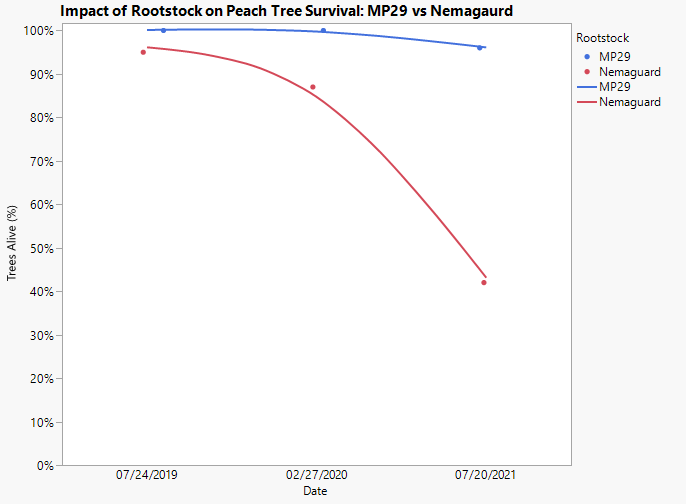
Figure 2: Impact of Rootstock on Peach Tree Survival: MP29 vs. Nemaguard
Pictured below is a Nemaguard plot of 5 trees with every tree dead, and many previously removed (left), beside a plot of 5 healthy MP 29 trees (right).
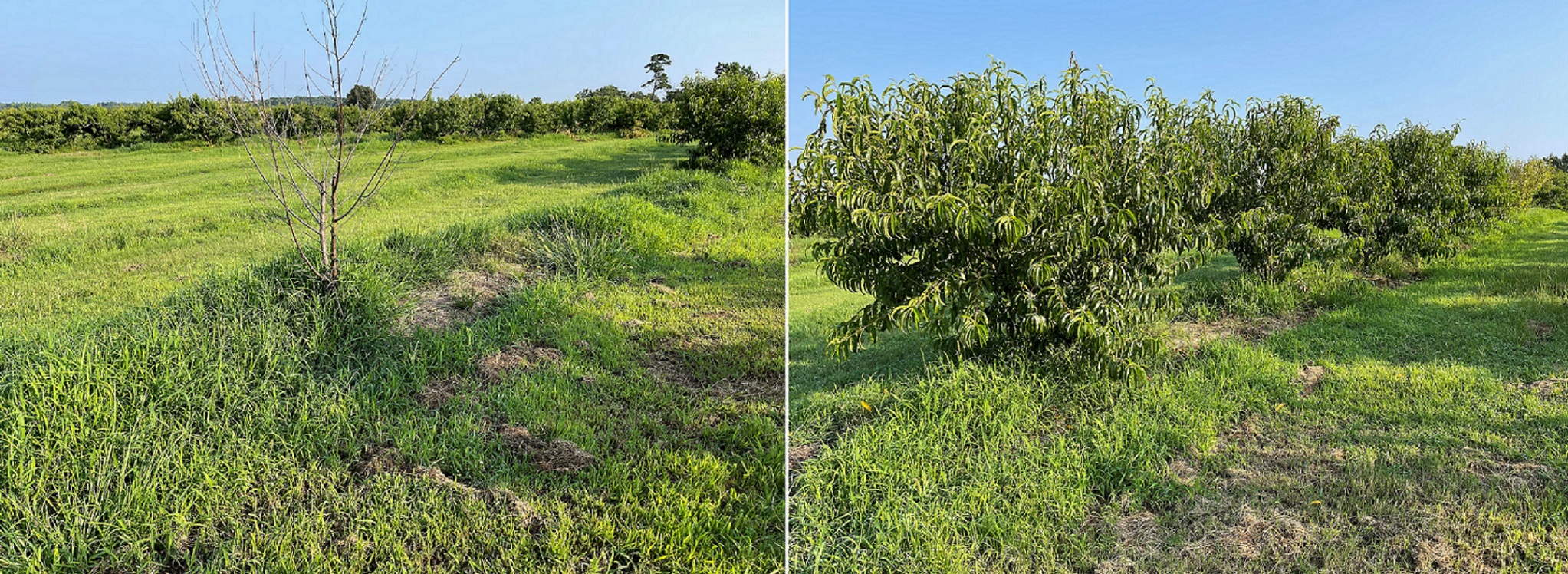
Figure 3: Nemaguard (left), MP 29 (right).
Of the Nemaguard trees that are still alive, many are in poor health. Pictured below is a plot of Nemaguard trees with all trees either dead or stressed (left), beside another plot of healthy MP 29 trees (right)
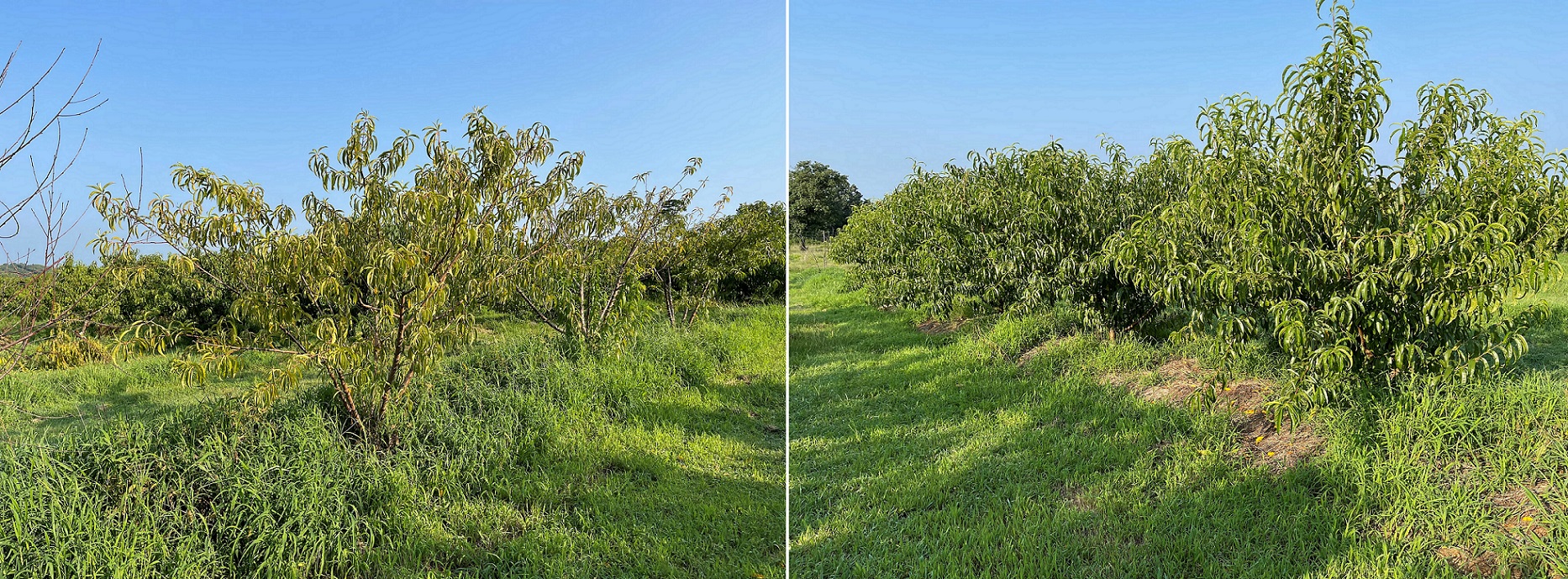
Figure 4: Nemaguard (left), MP 29 (right).
The exact cause of the tree death for the trees grafted to Nemaguard has not been determined but is assumed to be related to re-plant issues, drainage and likely a combination of soil borne diseases like PTSL and ARR.
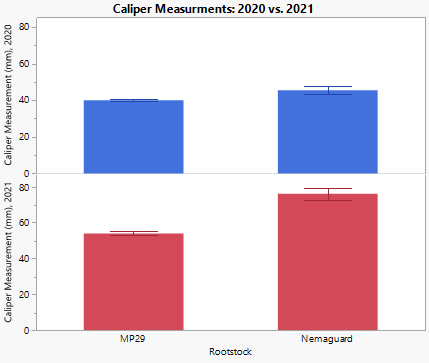
In addition to monitoring plant survival and health over the last 3 years we have also monitored plant growth by taking trunk caliper measurements of the trees. Our results show that Nemaguard trees have larger trunks than those with the MP 29 rootstock. This is expected in part because MP29 is a semi-dwarf variety. The MP29 trees are noticeably shorter than the standard Nemagaurd grafted trees. In this orchard the shorter height is not expected to be an issue and may be a benefit because the orchard is run as a “pick-your-own” operation and the shorter height works better for the customer base.
We anticipate estimating yield and monitoring fruit quality on the Nemaguard and MP29 rootstocks in the future to determine any impacts on fruit quality and yield. We will also continue to monitor tree health and survivability, as previous research has shown MP29 to not be 100% resistant to PTSL but to in some cases to have delayed on-set of symptoms.
However, to-date the survival rate of the MP29 trees speaks volumes for the potential for its use in Arkansas, as the grower commented “a dead tree doesn’t make any peaches” and a live one at least has potential to bear fruit.
MP29 rootstocks are commercially available now from propagators.
We would like to thank Dr. Tom Beckman (USDA-retired) who donated the grafted MP29 trees for this trial and who developed this rootstock. We also want to thank Steve and Mark Morgan for their collaboration on this research and for hosting the trial on their farm.
Sources:
- ‘MP-29’, a Clonal Interspecific Hybrid Rootstock for Peach https://journals.ashs.org/hortsci/view/journals/hortsci/47/1/article-p128.xml
- Texas A&M Stone Fruit Breeding and Cultivar Development https://agrilife.org/stonefruit/popular-articles/peach-rootstocks-which-should-you-use/
- Preventative Root-Collar Excavation Reduces Peach Tree Mortality Caused By Armillaria Root Rot on Replant Sites https://apsjournals.apsnet.org/doi/pdf/10.1094/PDIS-09-19-1831-RE
- New and Emerging Rootstocks https://njaes.rutgers.edu/peach/orchard/pdf/New-and-Emerging-Rootstocks.pdf